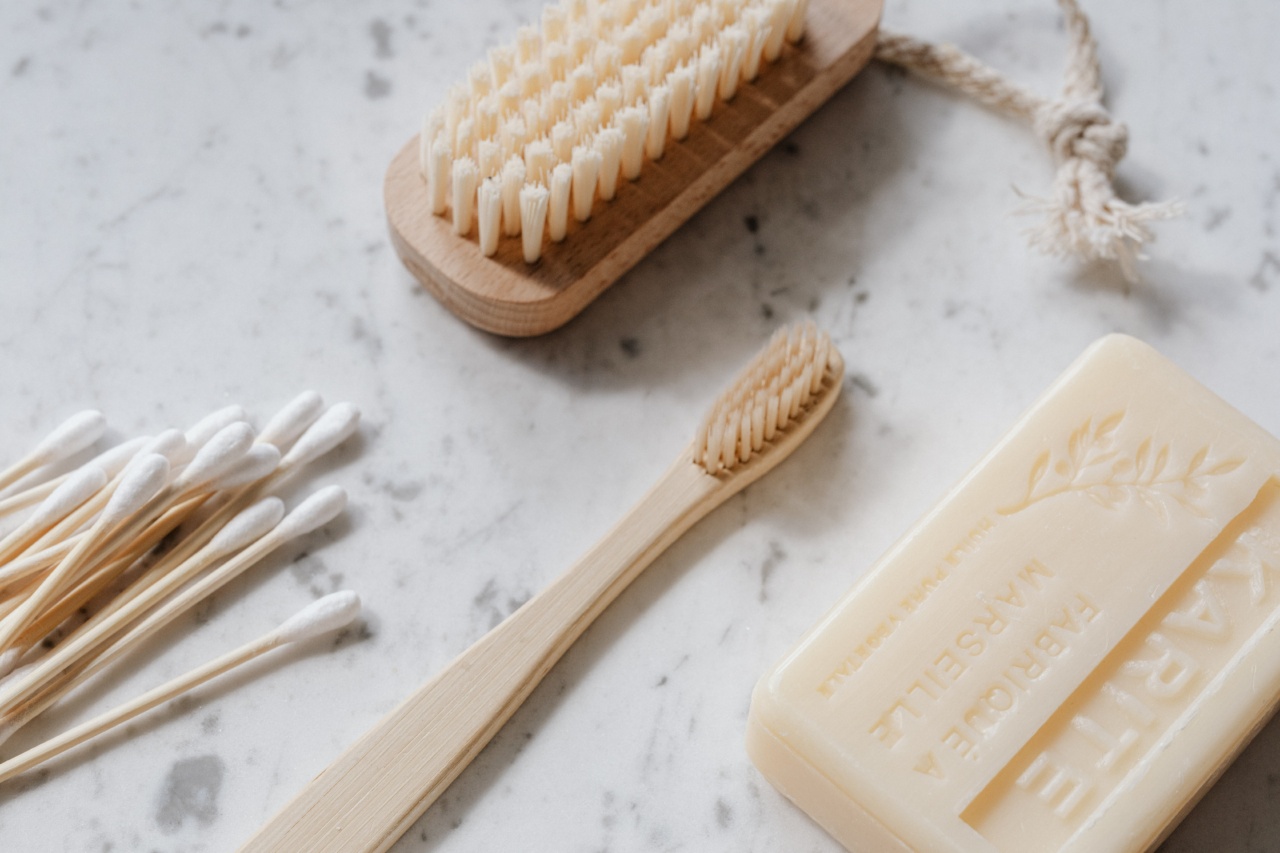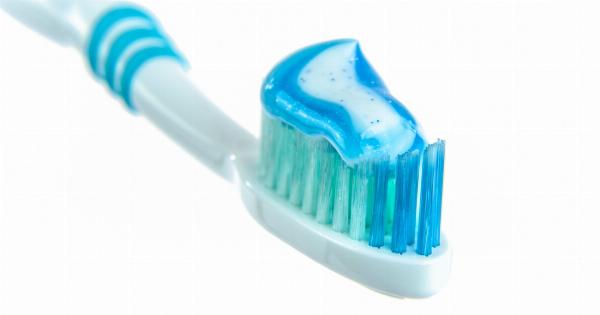The microwave is a convenient and time-saving appliance that most households rely on regularly. However, there are some everyday mistakes you could be making when using your microwave that could affect its performance or even pose a health risk.
Here are some essential tips to help you avoid common microwave mistakes and use your appliance efficiently and safely.
1. Not Covering Your Food
Food splattering inside the microwave can be difficult to clean and also cause odors that stick in the appliance. Additionally, uncovered food can leave small stains and spillages in the interior of the unit, which could cause problems in the long run.
Cover your food with a microwave-safe lid or wrap to protect your appliance from mess and keep it clean.
2. Overheating Your Food or Liquids
Overheating your food or liquids in the microwave might seem like an efficient way to get your meal ready; however, it can be dangerous as well.
When food or liquids become too hot without being disturbed, they can build up pressure in the container, causing an explosion. Heat your food in intervals and stir it occasionally to be sure it is evenly heated.
3. Using Non-Microwave Safe Containers
One of the most common mistakes when using a microwave is using a non-microwave-safe container. Such containers can melt, release harmful chemicals in your food or even explode, causing injury or damage to your appliance.
Always check for the microwave-safe labels or consult your microwave’s user manual to ensure that the containers you use are safe for your appliance.
4. Ignoring Your Microwave’s Wattage
Your microwave wattage determines the cooking time you need, and it is crucial to follow the recommended cooking time based on your microwave’s wattage. If you ignore your microwave wattage, you risk overcooking or undercooking your food.
Always check the instructions on your food packaging or use a microwave wattage chart to determine the cooking times you need for your microwave.
5. Heating Fruits and Vegetables in Metal Containers
When heating fruits and vegetables in metal containers, it can cause sparking due to the metal’s electrical conductivity. This can damage your microwave and pose a health risk as well.
Instead, transfer fruits and vegetables to microwave-safe containers for safe heating.
6. Not Cleaning Your Microwave Regularly
Cleaning your microwave should be part of your routine since microwave odors and stains can be difficult to remove once they build-up.
By cleaning your microwave frequently, you help extend its lifespan and prevent the growth of harmful bacteria that could cause health hazards. Use a non-abrasive cleaner and a damp cloth or sponge to clean the interior of the microwave to get rid of stains and odors.
7. Ignoring Your Microwaves’ Pre-Set Functions
Most modern microwaves come with pre-set functions that make it easier to cook specific dishes efficiently. Ignoring these functions and using generic cooking time might lead to overcooked or undercooked meals.
Always consult your microwave’s user manual for guidance on how to use the pre-set functions effectively for efficiency and optimal results.
8. Using the Microwave to Dry Clothes
Never attempt to dry your clothes using your microwave, as it can cause a fire or even explode. Microwaves are only meant for heating food and should not be used to dry or heat any other materials.
9. Cooking Solid Foods on High Power
Cooking solid foods such as meats, poultry, and fish on high power can cause overcooking, resulting in burnt or dry food. Always cook solid foods using low to medium power to ensure that they cook evenly and retain their texture without drying out.
10. Overcrowding the Microwave
Stuffing too much food in the microwave not only affects the cooking times but can also affect its performance.
When the food is too close, it could overheat and cause an explosion, or there might be uneven heating, resulting in under or overcooked food. Avoid overcrowding the microwave and cook only what can fit in comfortably for the best cooking results.
Conclusion
Using your microwave efficiently and safely is crucial for the appliance’s performance and your safety. Always check for the recommended container, wattage, and cooking time for your microwave before heating or cooking your food.
Clean your microwave regularly, and avoid attempting to use it for functions other than heating food. With these tips, you can use your microwave efficiently and safely, enjoying quick and convenient meals whenever you need them.


























